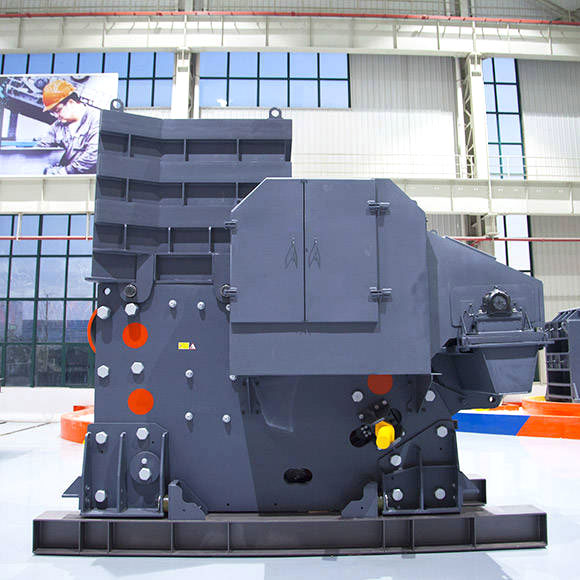Jaw crushers are pivotal equipment in the mining and construction industries, primarily used for crushing large rocks into smaller, manageable pieces. Their efficiency and capacity are critical factors influencing the overall productivity of a crushing operation. This essay delves into the various aspects affecting the efficiency and capacity of jaw crushers, including design features, operational parameters, material characteristics, and maintenance practices.

Design Features
- Crushing Chamber Design: The shape and dimensions of the crushing chamber significantly impact the efficiency of a jaw crusher. An optimal chamber design ensures that the material flows smoothly and evenly, reducing the chance of blockages and promoting consistent crushing action. A deep and narrow chamber can improve the interparticle crushing, enhancing the reduction ratio and improving overall efficiency.
- Jaw Plate Profile: The profile and material of the jaw plates are crucial in determining the efficiency of a jaw crusher. Different profiles, such as corrugated, smooth, or toothed, are suitable for various types of materials. Proper selection and maintenance of jaw plates ensure effective crushing, reducing wear and extending the life of the equipment.
- Toggle Mechanism: The toggle mechanism in a jaw crusher converts the rotational motion of the motor into a reciprocating motion of the jaw. The design and condition of the toggle mechanism affect the force distribution and crushing efficiency. A well-designed toggle mechanism minimizes energy losses and enhances the mechanical advantage, improving the overall efficiency.
Operational Parameters
- Feed Size and Gradation: The size and distribution of the material fed into the crusher significantly impact its efficiency and capacity. Consistent and appropriate feed size reduces the workload on the crusher, preventing blockages and ensuring smooth operation. Gradation control helps in achieving the desired product size with minimal recirculation.
- Crusher Speed and Stroke: The speed and stroke of the jaw crusher determine the frequency and amplitude of the crushing motion. Higher speeds and optimal stroke settings can increase the throughput and crushing efficiency. However, excessively high speeds can lead to premature wear and reduced equipment lifespan.
- Closed Side Setting (CSS): The CSS, or the smallest distance between the fixed and movable jaws, directly affects the product size and crusher capacity. A smaller CSS results in finer product size but may reduce the throughput, while a larger CSS increases capacity but produces coarser material. Balancing the CSS is essential for optimal performance.
Material Characteristics
- Hardness and Abrasiveness: The hardness and abrasiveness of the material being crushed influence the wear and tear of the crusher components. Harder materials require more energy to crush, impacting efficiency. Abrasive materials can accelerate the wear of jaw plates and other parts, necessitating frequent maintenance and replacement.
- Moisture Content: High moisture content in the feed material can cause clogging and reduce the efficiency of the jaw crusher. Proper pre-screening and material conditioning are essential to handle wet and sticky materials effectively.
Maintenance Practices
- Regular Inspection and Maintenance: Routine inspection and maintenance of jaw crushers are critical for sustaining efficiency and capacity. Regularly checking and replacing worn-out parts, lubricating moving components, and ensuring proper alignment and tension of belts and pulleys can prevent unexpected breakdowns and optimize performance.
- Proper Training of Operators: Well-trained operators can significantly enhance the efficiency of jaw crushers. Understanding the operational parameters, recognizing signs of wear and malfunction, and promptly addressing issues contribute to the smooth and efficient functioning of the equipment.
The efficiency and capacity of jaw crushers are influenced by a combination of design features, operational parameters, material characteristics, and maintenance practices. An optimized crushing chamber design, appropriate jaw plate profiles, and a well-maintained toggle mechanism are fundamental to achieving high efficiency. Operational parameters such as feed size, crusher speed, stroke, and CSS must be carefully managed to balance throughput and product size. Understanding the material characteristics and implementing regular maintenance practices ensure sustained performance and longevity of the jaw crusher. By addressing these factors comprehensively, operators can enhance the productivity and efficiency of their crushing operations.

